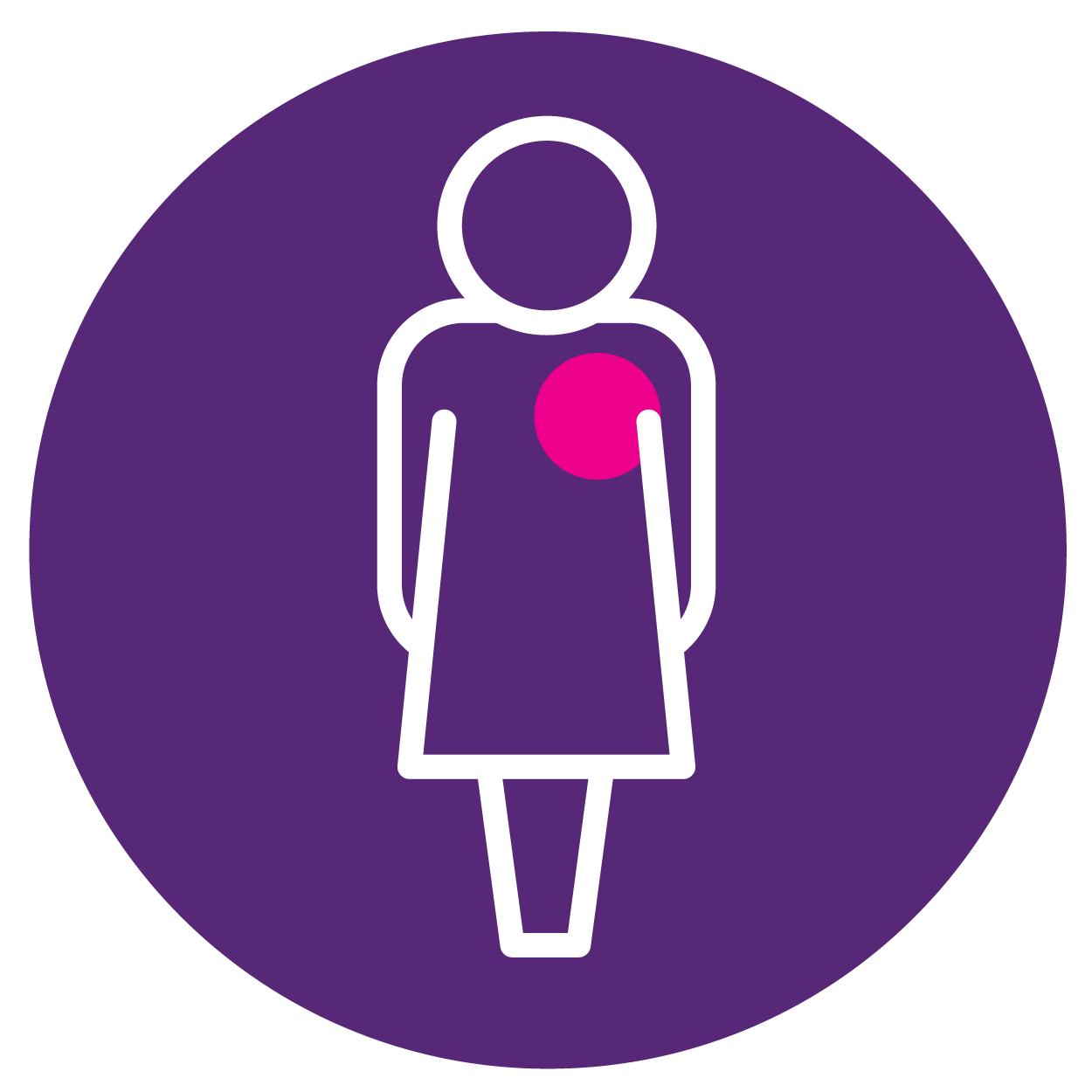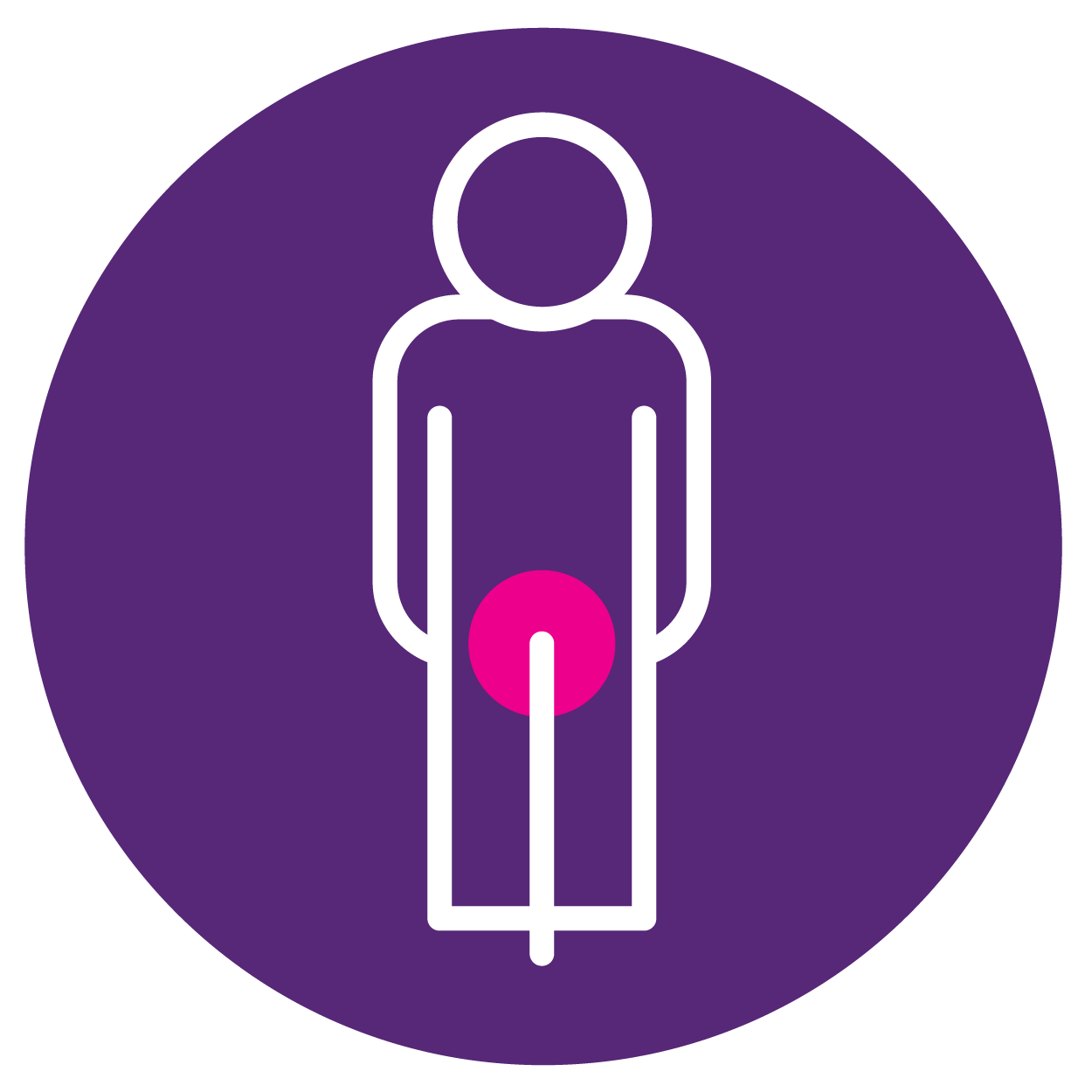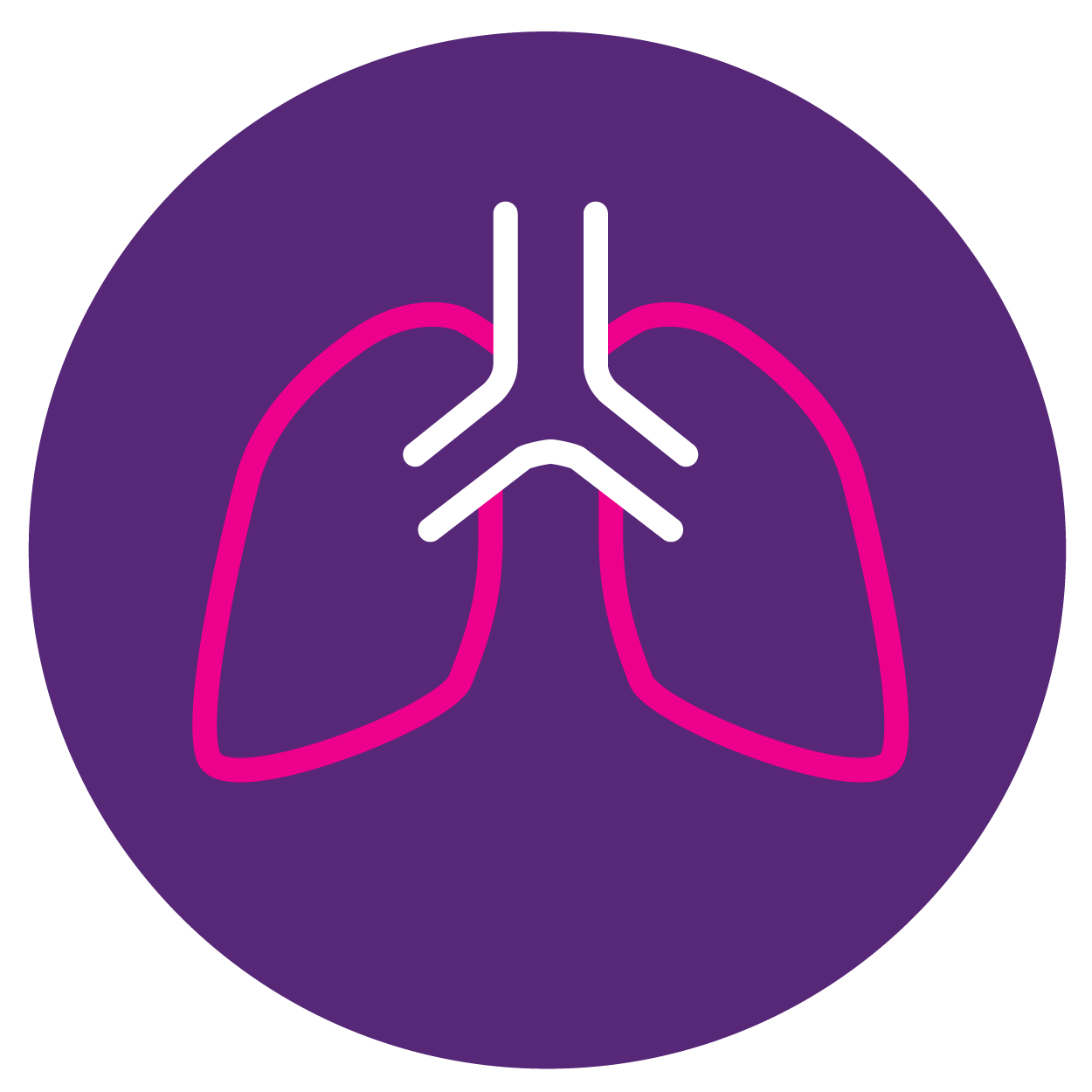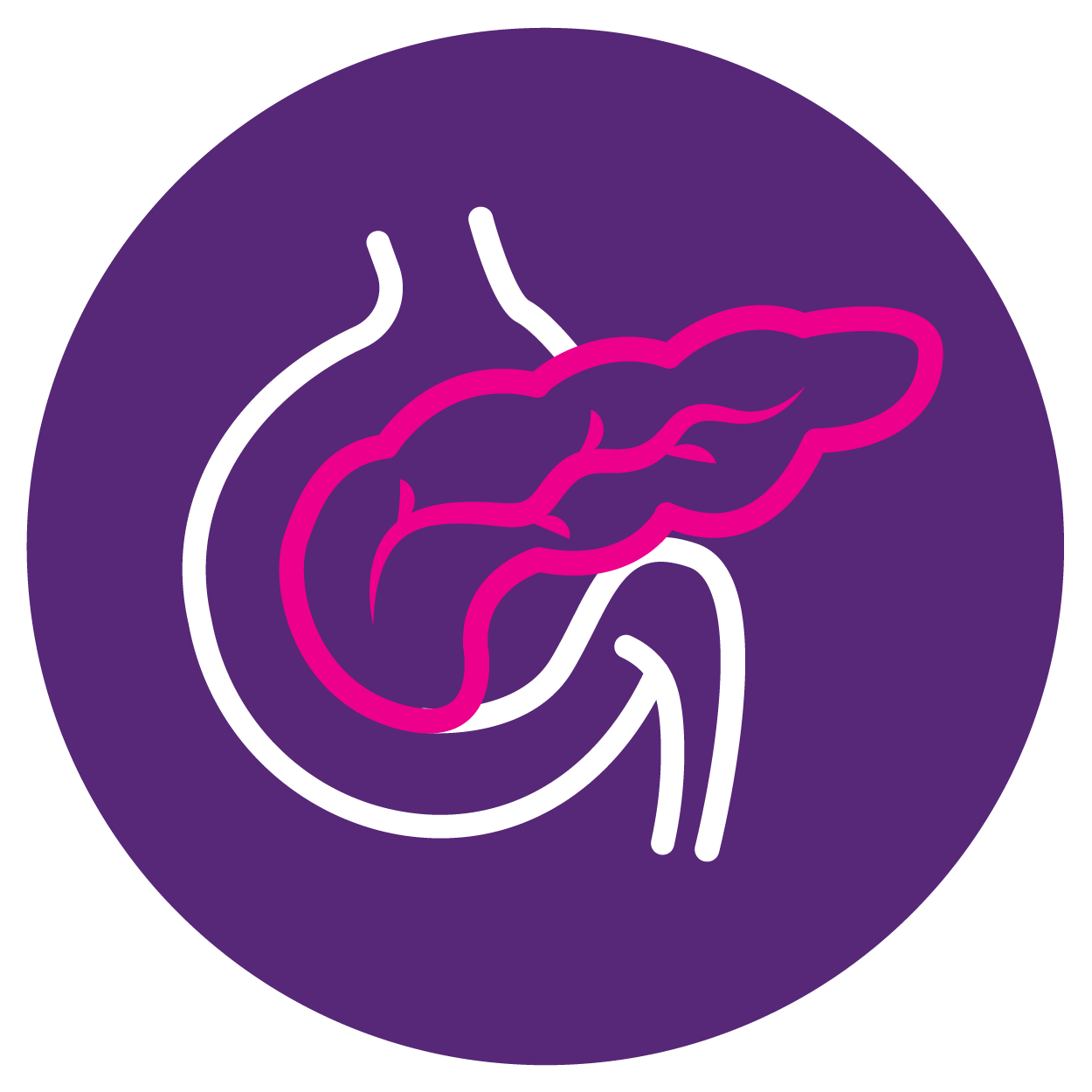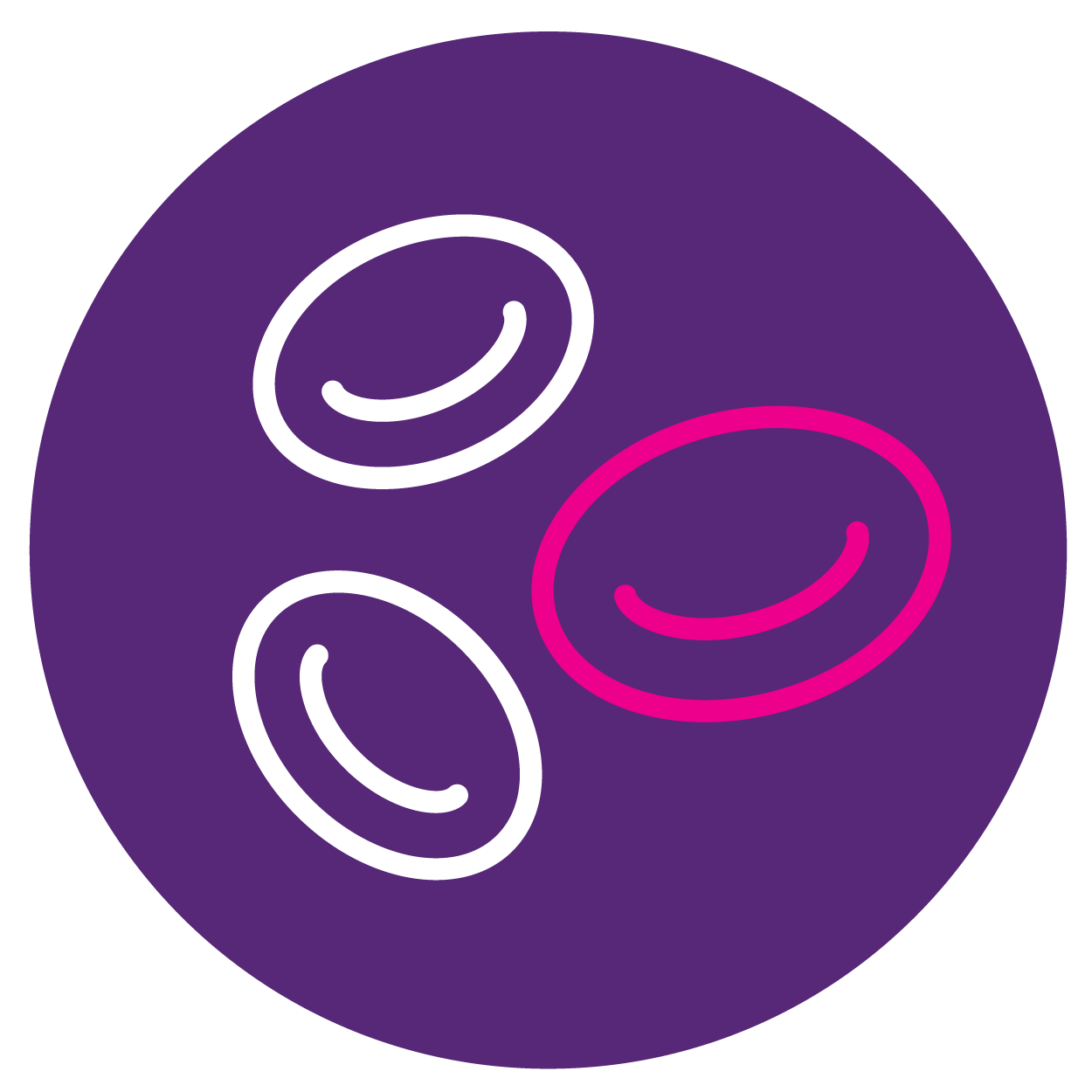Ovarian cancer
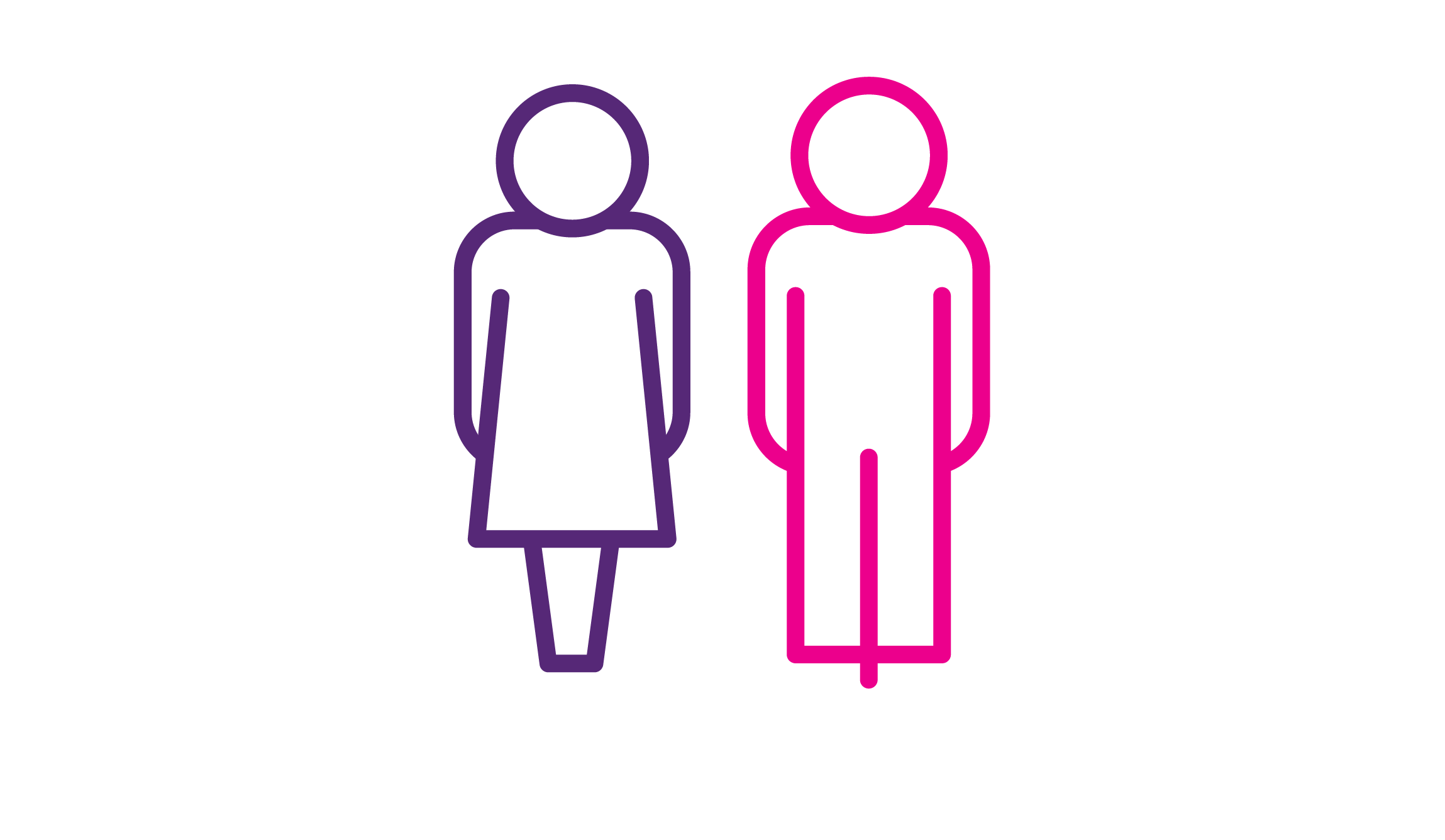
Cancer Cases
Cancer incidence rate refers to the number of new cancers cases occurring in a specified population during a given year, expressed as the number of cancer cases per 100,000 population.1
In 2018, the UK ranked 9th amongst the 31 European countries studied for the incidence of ovarian cancer, with 19 women in every 100,000 being diagnosed with the condition (ranging from 11 cases per 100,000 women in Portugal to 28 per 100,000 women in Latvia).
The UK's incidence rate for this cancer type was lower than the European average of 17 cases per 100,000 women.
Downloads:
Note:
- For this cancer type there is no information available on incidence at a country level for 1995
Reference for text:
1. National Cancer Institute. Cancer Incidence Rates.
References for graphs:
![]()
Cancer Deaths
Cancer mortality rate refers to the number of deaths caused by cancer occurring in a specified population during a given year, expressed as the number of cancer deaths per 100,000 population.2
In 2018, the UK ranked 15th amongst the 31 European countries studied for the mortality of ovarian cancer, with 12 in every 100,000 women dying from the condition (ranging from 8 deaths per 100,000 women in Portugal to 19 per 100,000 women in Latvia).
The UK's mortality rate for this cancer type was similar to the European average.
Downloads:
Note:
- For this cancer type there is no information available on mortality at a country level for 1995
Reference for text:
2. National Cancer Institute. Cancer Mortality Rates.
References for graphs:
![]()
Cancer Survival
Note: No survival rates were available for ovarian cancer across all European countries examined by IHE, between 1995 and 2014.
![]()
Uptake of Cancer Medicines
The uptake of ovarian cancer medicines was analysed as sales in standard weekly doses (SWD) per cancer case in individual countries and is displayed in the below graph cumulatively.3
In 2018, the UK's cumulative uptake of ovarian cancer medicines analysed ranked 19th amongst the 26 European countries studied.
The UK's cumulative uptake for ovarian cancer medicines was the lowest amongst the other EU5 countries – Italy, Germany, France and Spain.
Downloads:
Notes:
- The ovarian cancer medicines analysed by IHE were olaparib and niraparib
- IHE selected a range of medicines launched between 2005-2015 that were identified by oncologists to represent accepted standard treatments and had high volumes of use across European countries. This selection process led to the variation in the number of individual medicines selected for each tumour type. Data was then collected from each country to highlight variation in volumes used as presented in these charts
Reference for text and graphs:
Last modified: 20 September 2023
Last reviewed: 20 September 2023

